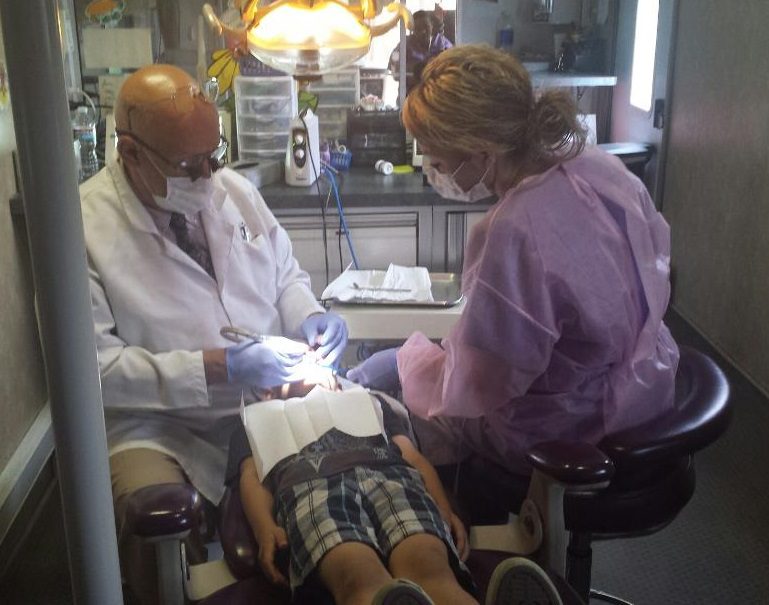
We know that the Housing First concept has proven to be a key component in offering decent housing to people in need of case management, such as the chronically homeless or those battling substance abuse. In particular, mental health advocates have made a strong case for the model, and the data supports this. Pathways Housing reports that its retention rates remain at 85 to 90 percent. More importantly, this approach is tremendously cost-effective. By way of comparison using New York City, the municipal cost per capita per night in a Housing First, service-enriched home was $57 versus $1,200 in a hospital.
Once an individual or family has secured decent housing, programs and services offering next steps to improving physical, emotional, and mental health can be more easily accessed. The service-enriched housing model is designed to provide programs and services that promote health, and is the next step in providing an environment free of housing related illnesses driven by unsafe and unsanitary conditions.
In communities where Rainbow provides its service-enriched housing model, resident services coordinators practice this on a daily basis. Identifying the needs of a specific tenant population is critical to the development of a tailored provision of services that address health-related illness stemming from stress, income deficiencies, inadequate knowledge of health needs, and parenting skills. Wrap-around supportive social services ensure that health-centric programming is offered to residents. Using improved health outcomes as the goal, services that include healthy eating workshops, nutritional needs assessments, and dental care can have a positive effect on resident well-being. In addition, onsite coordinators may add in active lifestyle events into a community’s programming schedule to address health-related issues such as hypertension and obesity.
The benefits extend beyond physical health and into mental health as well. The U.S. Department of Health and Human Services officially recognizes mental stress as a trigger for angina pain, a medical condition linked to coronary heart disease (the anxiety related to potentially being evicted, not being able to provide for your family, and facing homelessness is real and it is a killer, and has been written about here).
A range of Rainbow programs that work on building life skills also correlate to a healthy lifestyle. Move Men to Employment (MM2E) provides education, job skills, character building, and financial literacy for men ages 18 and older. Return On Ingenuity for Females (ROIf) is a program designed for women heads of households, and focuses on parenting, birth control, nutrition, character building, financial literacy, education, and job readiness. Tie Me a Future is designed for school-aged youth to receive life experiences that support health/nutrition, character building, positive life choices, financial literacy, goal setting, and academic achievement.
Without a safe, secure and affordable housing option, a large percentage of youth are at risk for adverse health conditions. Research shows that poor physical conditions of a home can cause anxiety, depression, and developmental delays, not to mention behavioral and emotional problems. A program based on community enrichment where youth become engaged with their community and its betterment provides a sense of worth, acceptance, and belonging. Rainbow’s youth enrichment programs improve school attendance, academic achievement, confidence and social acceptance. On average, we have seen grades improve by 20 percent over a one-year period for youth who are consistently active in our programs and services. Examples of these youth-focused programs include Homework Power Hour, Raising a Reader, On The Move (a Rainbow fitness program), GLOW (a partnered program for teen girls that includes lessons about hygiene, self respect, pregnancy prevention, addictive behaviors, sexually transmitted disease awareness, and goal setting) and other programs such as community gardens, volunteering and team-building.
Going forward, the relationship between affordable housing and healthy communities can be leveraged in an even stronger way as a result of the Supreme Court’s ruling on disparate impact and the clarity it provides in administering the Affirmatively Furthering Fair Housing (AFFH) regulation. In many parts of the country, affordable housing is too sparse and increasingly unaffordable when viewed through the lens of income-to-housing cost ratio. Because the Low Income Housing Tax Credit (LIHTC) program is state administered, local housing and finance agencies have tremendous latitude to place credits where it is needed most.
Health and housing are inextricably linked, and residents who have access to wrap-around supportive social services are better equipped to live healthy lifestyles. Investing in the health of the resident population creates successful and more stable communities. Every day, new opportunities present themselves within the affordable housing industry—from educating elected officials, investing in groundbreaking technology, or simply finding new and creative ways to promote a holistic healthy lifestyle—as part of the service-enriched housing model.
(Photo credit: Fresno mobile dental, courtesy of Rainbow Housing)






Comments